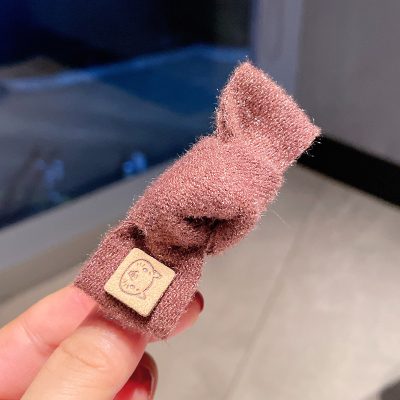Wearing wigs can be a valuable tool for those undergoing a natural hair transition. Whether you’re transitioning from chemically treated hair to your natural texture, dealing with hair loss, or simply want to give your natural hair a break, wigs can smooth the journey and offer several benefits:
- Protection and Preservation: Wearing wigs can protect your natural hair from environmental damage, heat styling, and over-manipulation. This preservation can help your natural hair grow healthier.
- Low Maintenance: Wigs require minimal daily styling and maintenance compared to natural hair. This can save you time and effort during the transition.
- Versatility: Wigs allow you to switch between different styles, colors, and lengths effortlessly. You can experiment with various looks while your natural hair grows.
- Boosted Confidence: Wearing a wig can boost your self-esteem during the transition, especially if you’re self-conscious about your hair’s appearance or length.
- Protection from the Elements: Wigs provide an extra layer of protection from harsh weather conditions, UV rays, and pollution, helping maintain your hair’s health.
- Time for Hair Recovery: If you’re recovering from hair damage due to chemical treatments or heat styling, wigs give your hair time to recover and strengthen without further damage.
- Customization: You can choose wigs that match your natural hair texture or opt for different styles to see what you like. Experimenting with wigs can be fun and educational.
Here are some tips for using wigs during your natural hair transition:
- Choose High-Quality Wigs: Invest in good-quality wigs made from synthetic or human hair. Quality wigs look more natural and are more comfortable to wear.
- Proper Wig Care: Learn how to care for your wigs to keep them looking fresh and long-lasting. Follow manufacturer recommendations for washing, conditioning, and styling.
- Protect Your Natural Hair: Wear a wig cap or protective style, like braids or twists, to keep your natural hair protected underneath the wig. This helps prevent breakage and promotes healthy growth.
- Take Breaks: Don’t wear wigs constantly. Give your natural hair some breathing room by taking breaks from wig-wearing to moisturize and care for it.
- Consult a Professional: If you’re unsure about wig selection, maintenance, or caring for your natural hair during the transition, consult a hairstylist or trichologist for guidance.
- Regularly Assess Your Natural Hair: Keep an eye on the health of your natural hair. Trim split ends, moisturize, and ensure you’re meeting your hair’s specific needs.
- Stay Patient: Natural hair transitions can be challenging, but patience is key. Your hair may not grow as fast as you’d like, but with time and proper care, you’ll achieve your desired results.
Remember that everyone’s natural hair journey is unique. What works for one person may not work for another, so it’s essential to find a balance that suits your individual needs and preferences. Wigs can be a valuable tool in this process, but they should complement your overall hair care routine during your transition.



















